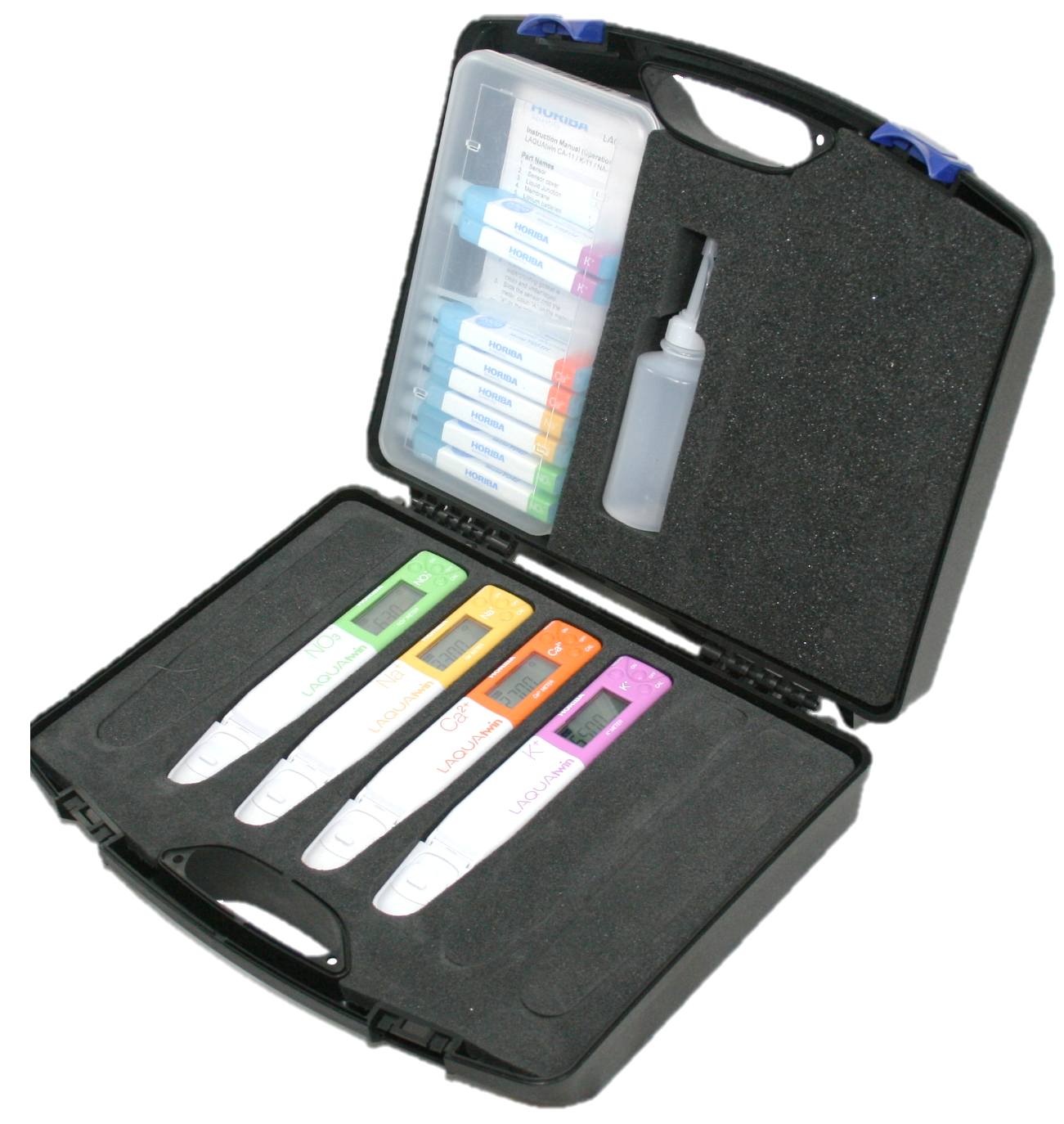HORIBA salinity meters – salt content measurement – buy online
The compact HORIBA LAQUAtwin SALT-11 and SALT-22 meters provide you with mobile solutions for fast and accurate salt content determination – directly on site and with minimal sample volume.
Why salinity measurement is important:
Precise salinity measurement with HORIBA measuring instruments
Salinity describes the content of dissolved salts in water and is a crucial parameter for drinking water quality, the health of aquatic organisms and production safety in the food industry.
With a HORIBA salinity measuring instrument, you obtain precise results in real time and can reliably monitor important quality parameters – easily, quickly and on the go.
Product advantages of the HORIBA LAQUAtwin SALT models:
- Compact & portable: Ideal for mobile use in the field, laboratory or production.
- Fast results: Measurement with just one drop of sample – perfect for on-site testing.
- Precise & reliable: High measurement accuracy for informed decisions in research and practice.
- User-friendly: Easy calibration, intuitive operation and waterproof design (IP67).
Typical areas of application:
- Aquaculture & fish farms
- Agriculture & irrigation systems
- Food manufacturers & quality laboratories
- Drinking water plants & environmental authorities
Your advantages in the online shop
- Large selection of HORIBA devices
- Short delivery times and secure shipping
- 3% discount on the entire HORIBA range
If you have any further questions, please contact us by telephone.
- All Products
-
Parameter
- pH
- ORP
- Conductivity and TDS
- Dissolved oxygen (DO)
- Combined - Multiparameter
- Ammonia (NH3)
- Calcium Ion (Ca2+)
- Chlorid (Cl-)
- Iron (Fe)
- Fluoride (F-)
- Free Chlorine
- Total Chlorine
- Gloss
- Iodine (I)
- Potassium Ion (K+)
- Seawater specific gravity (SSG)
- Sodium Ion (Na+)
- Sodium Chloride (NaCl)
- Nitrate Ion (NO3-)
- Salinity
- Turbidity
- Applications
- Application examples
- Quality
- Brand
- Buffer and calibration solutions
- Spare parts and single components
- Plant analysis - sodium, nitrate, potassium, calcium
- Laboratory Benchtop Meters
- Accessories
Filter products
























